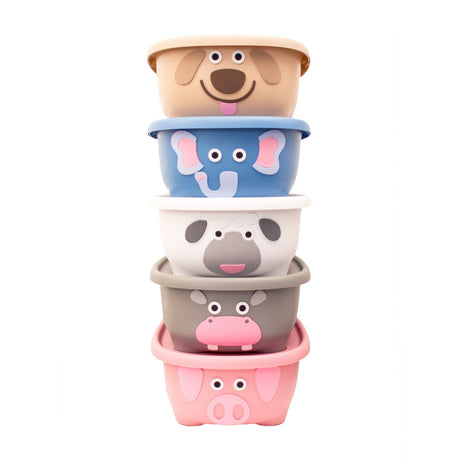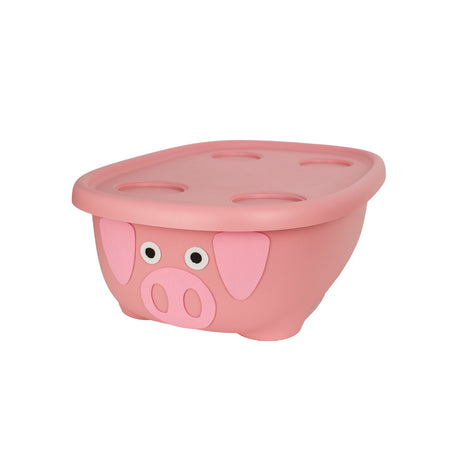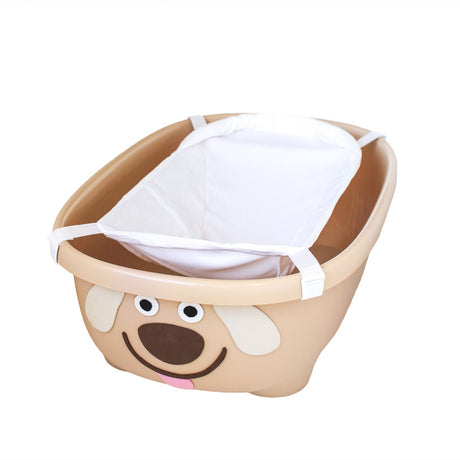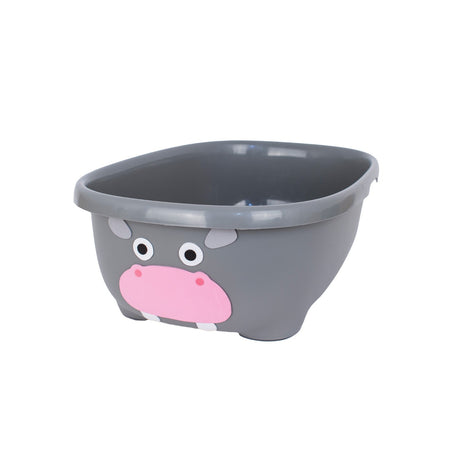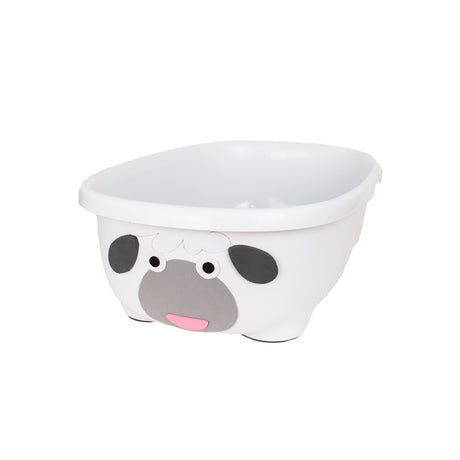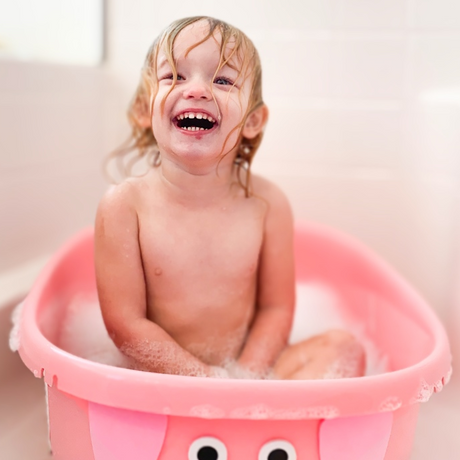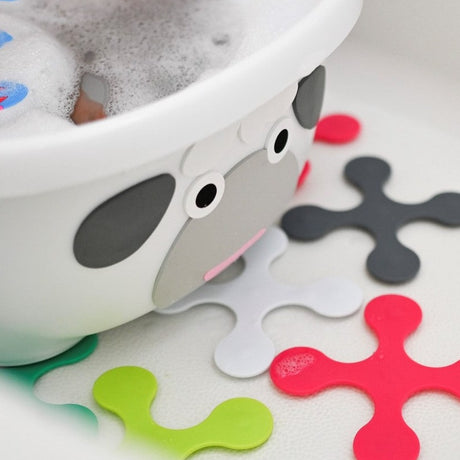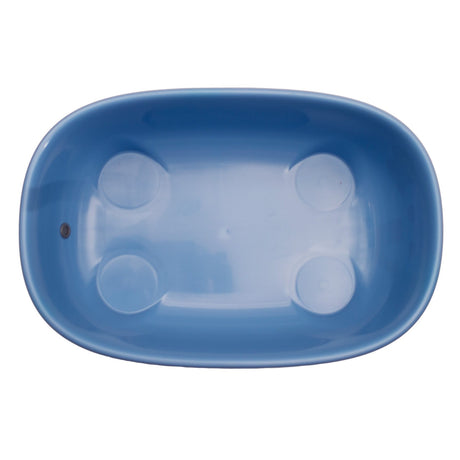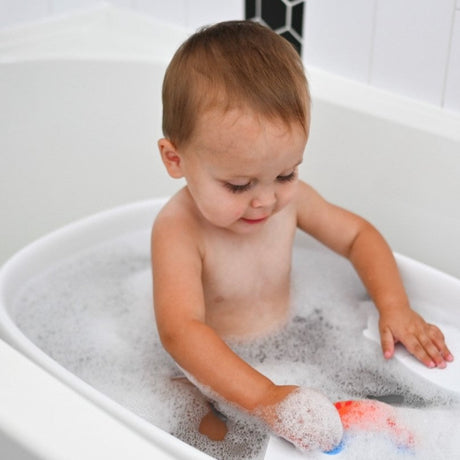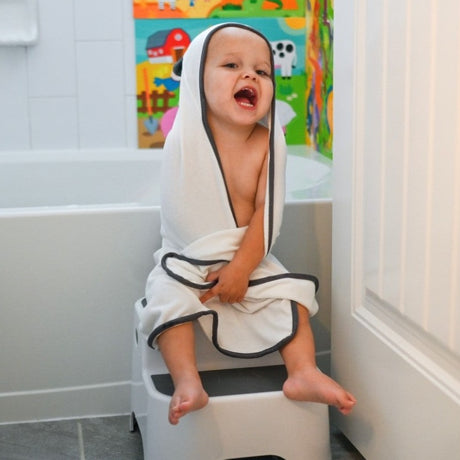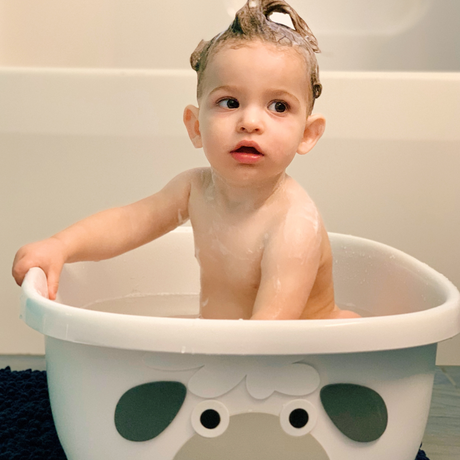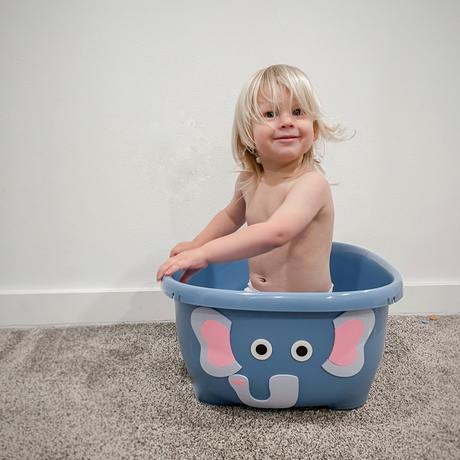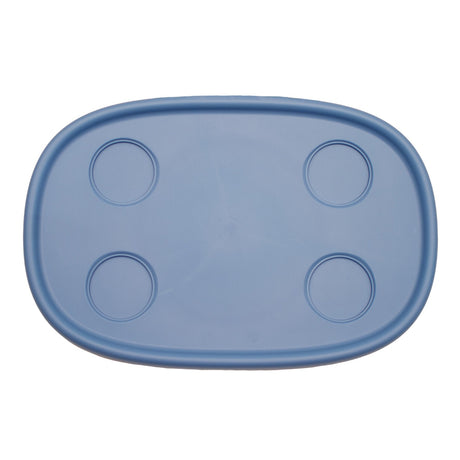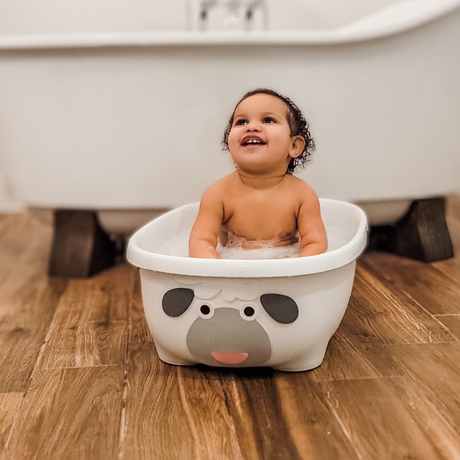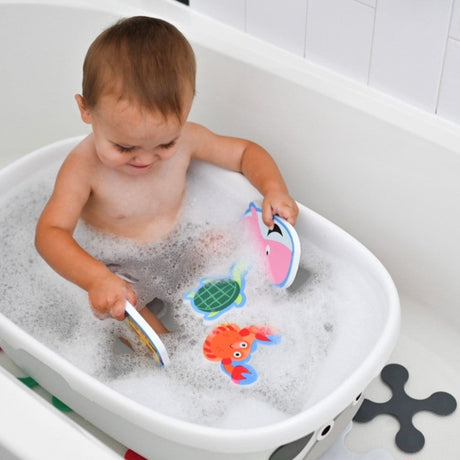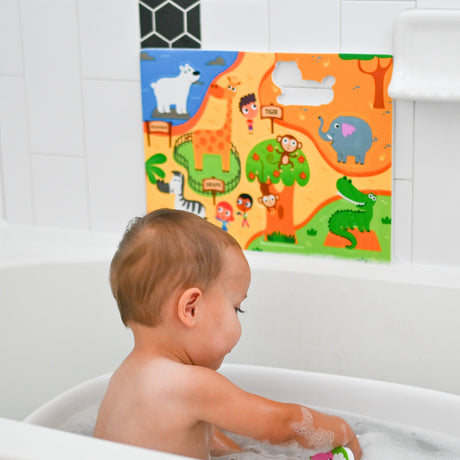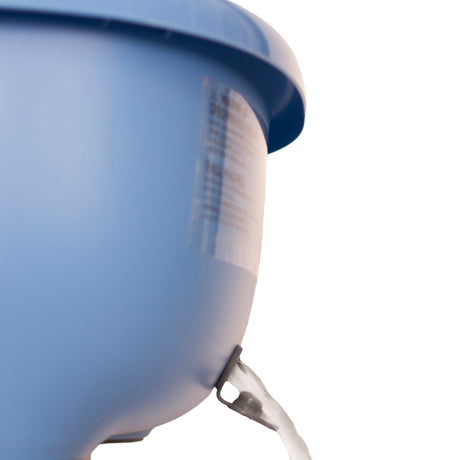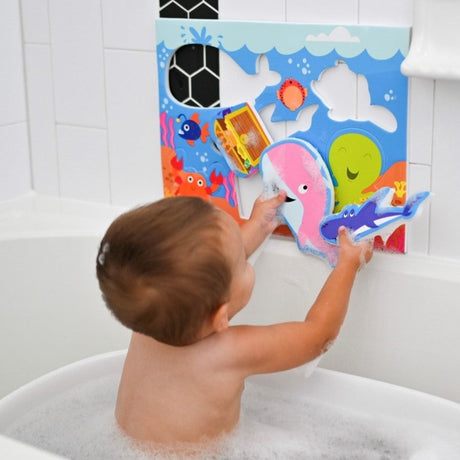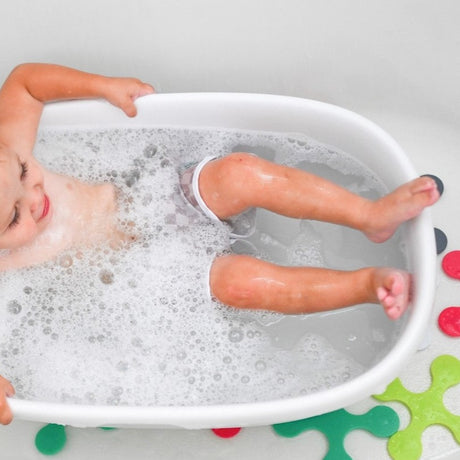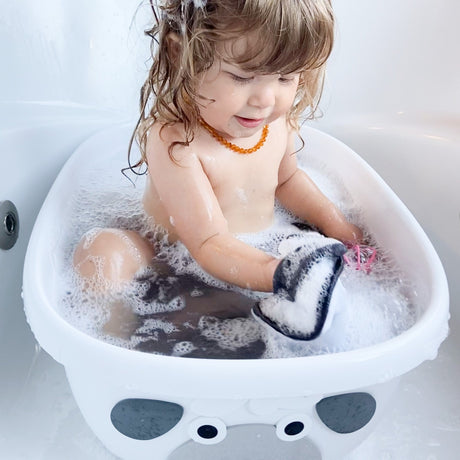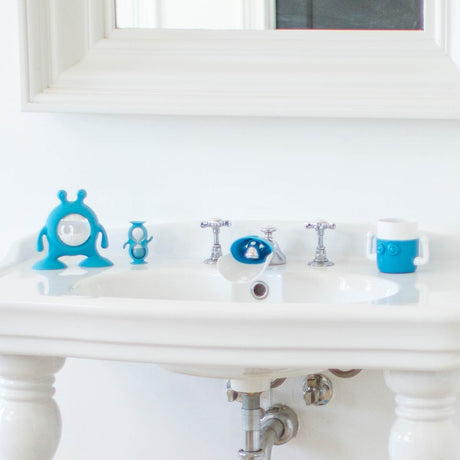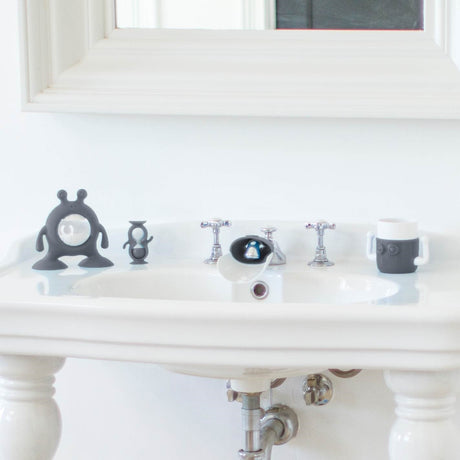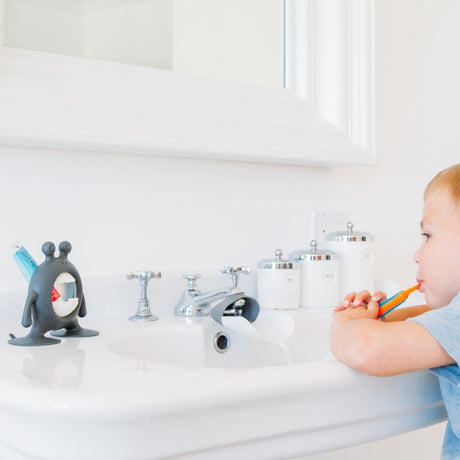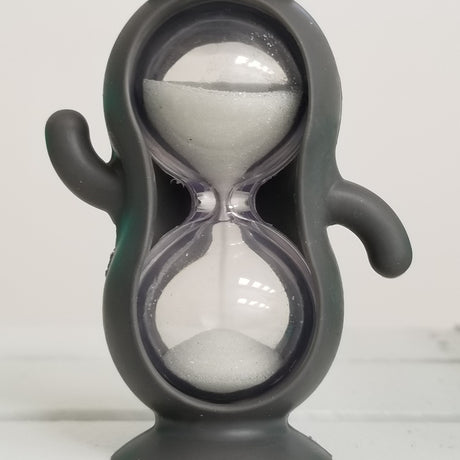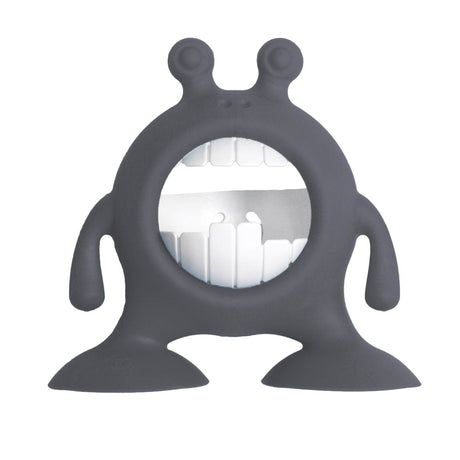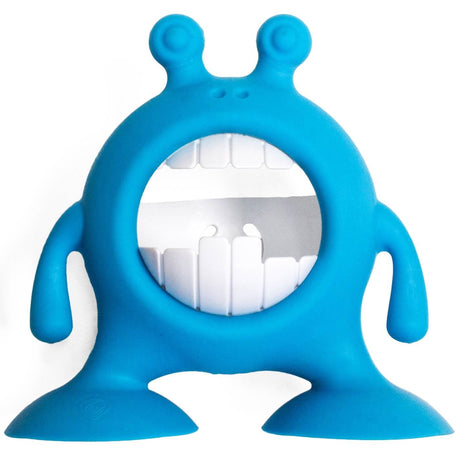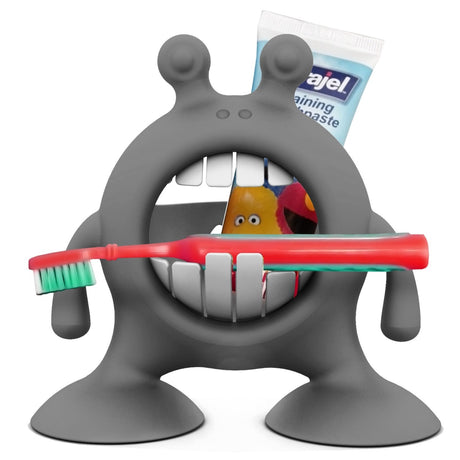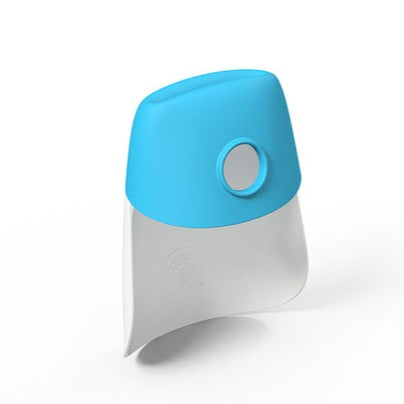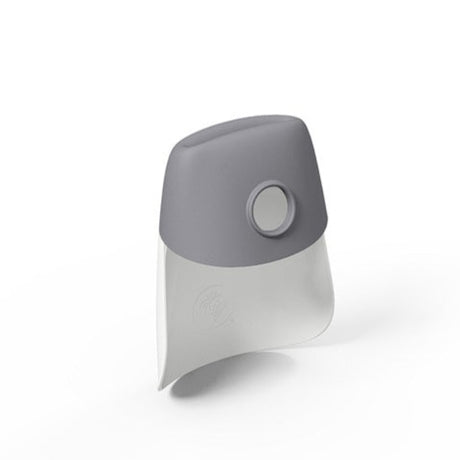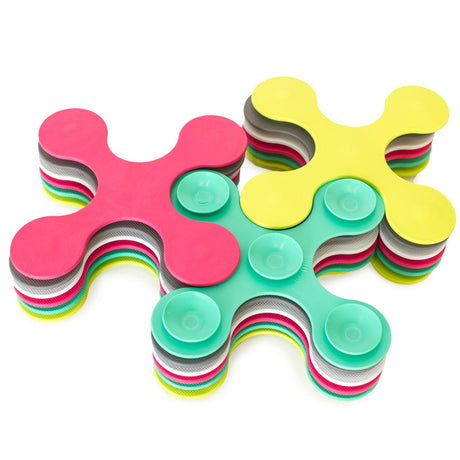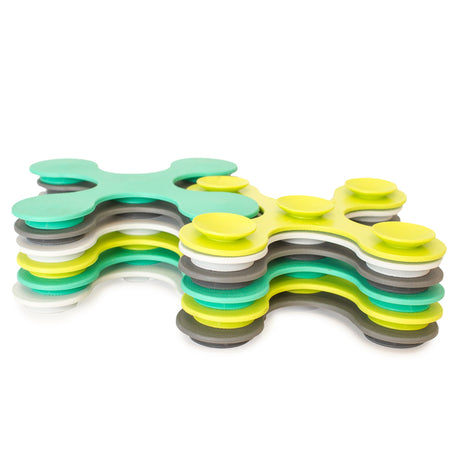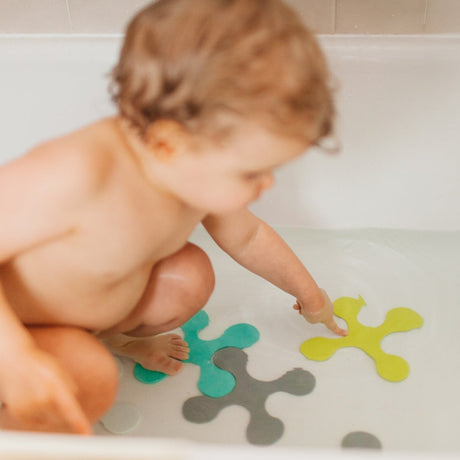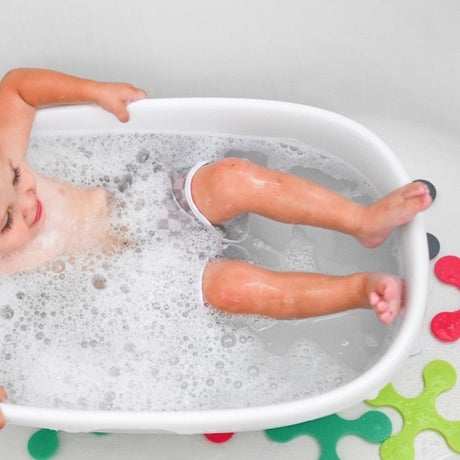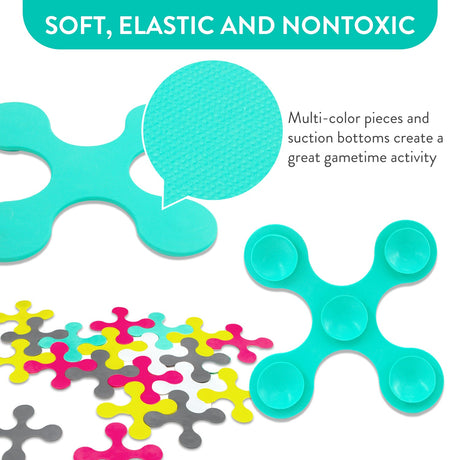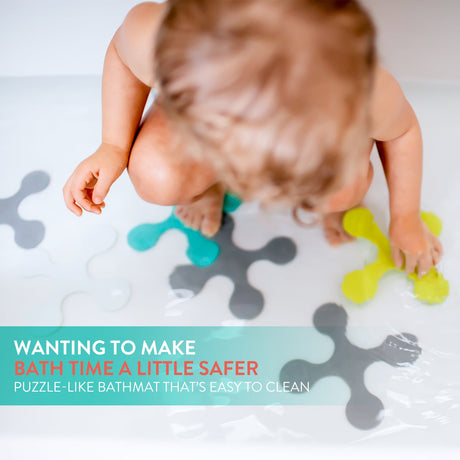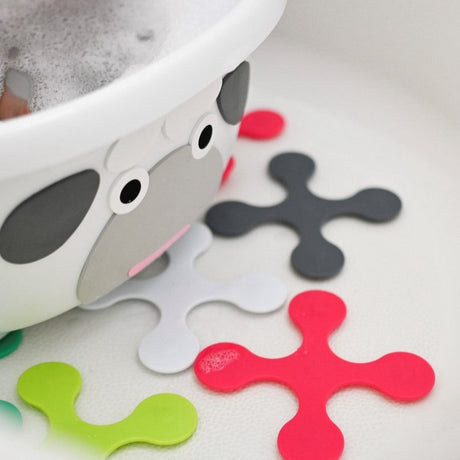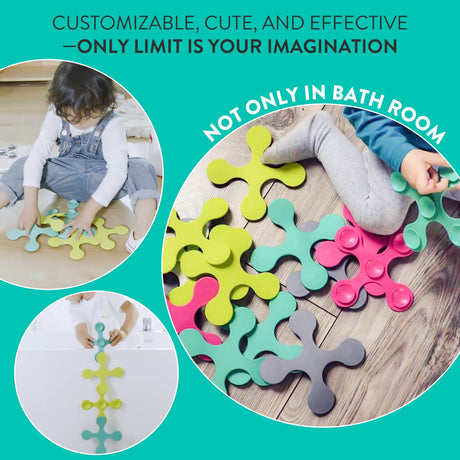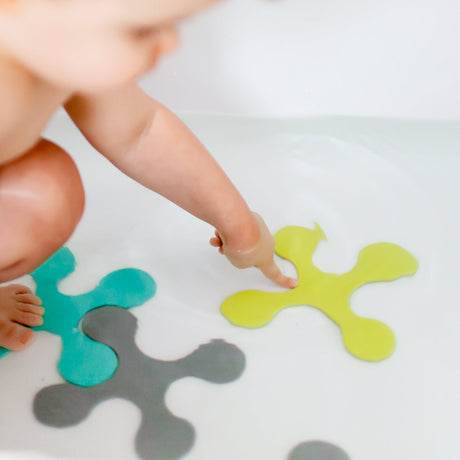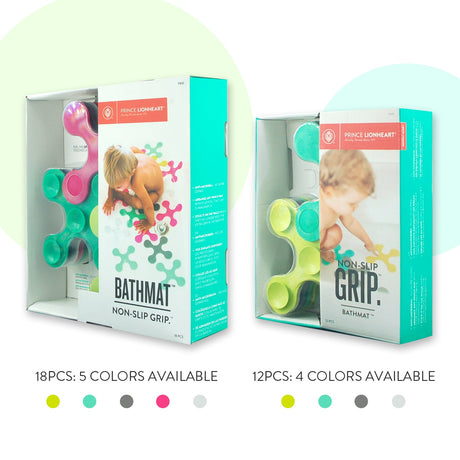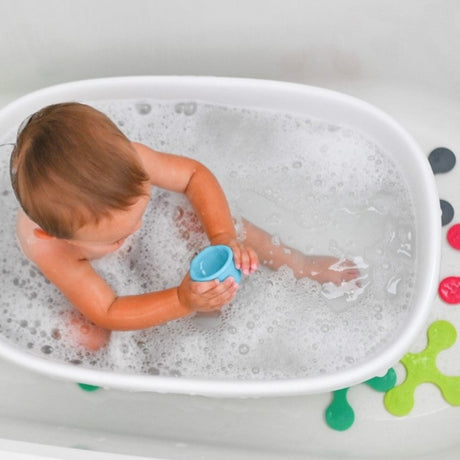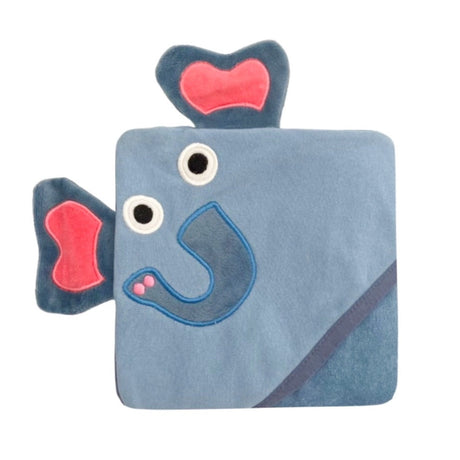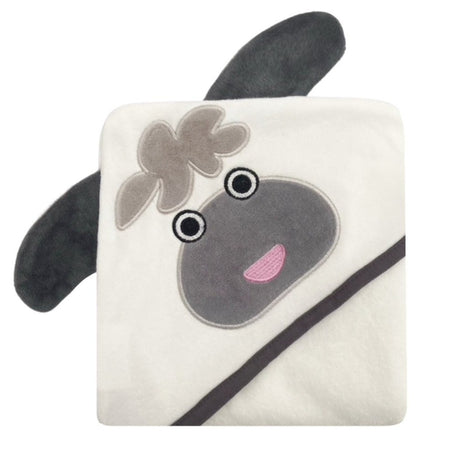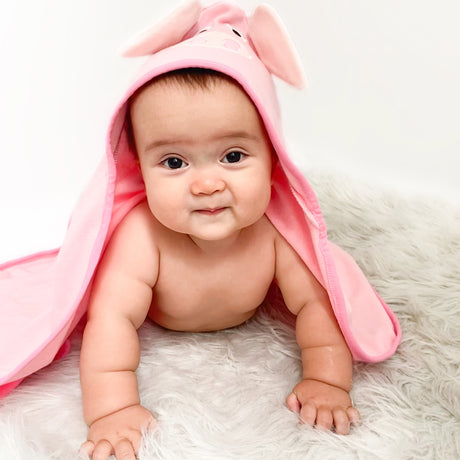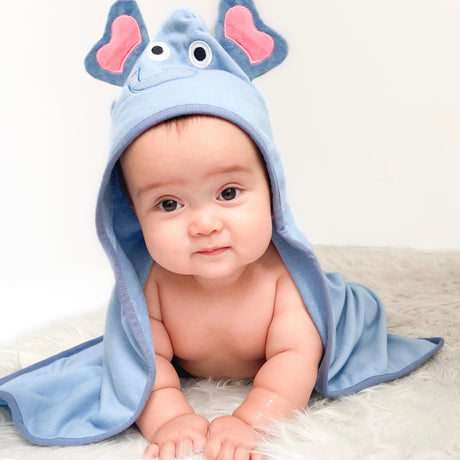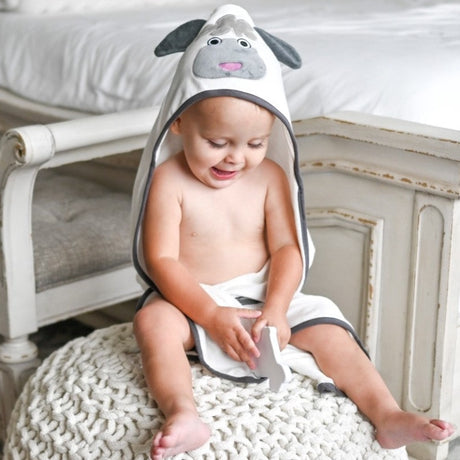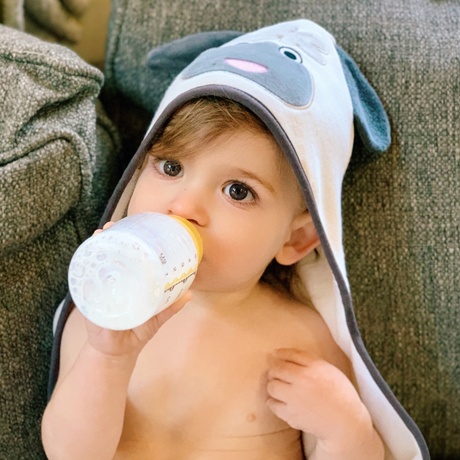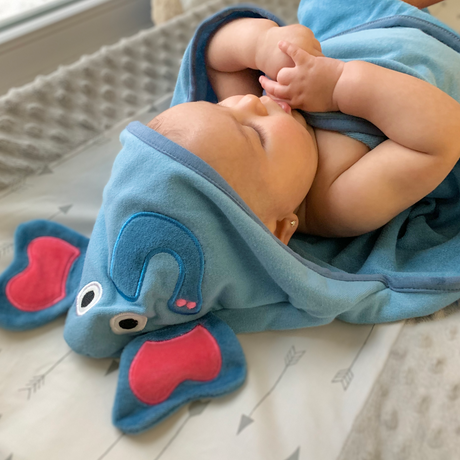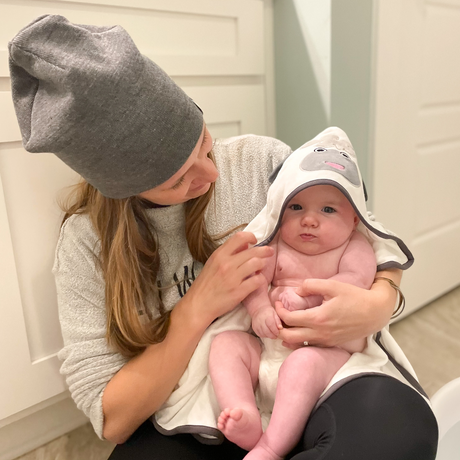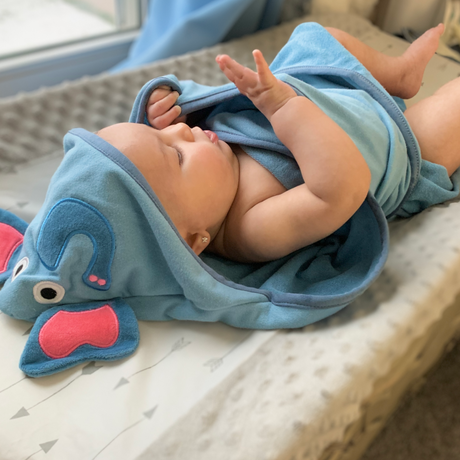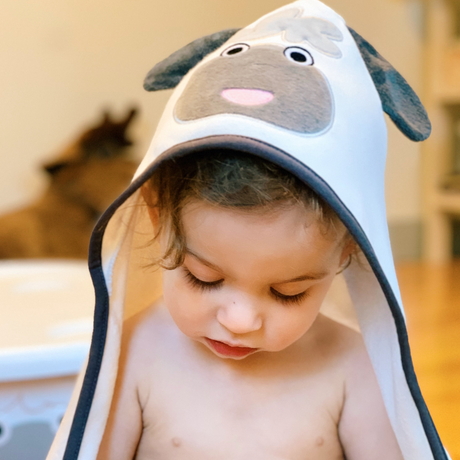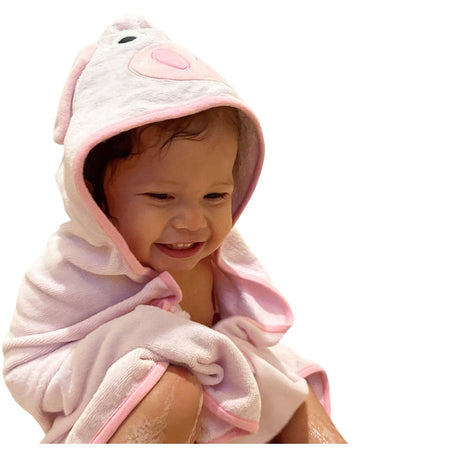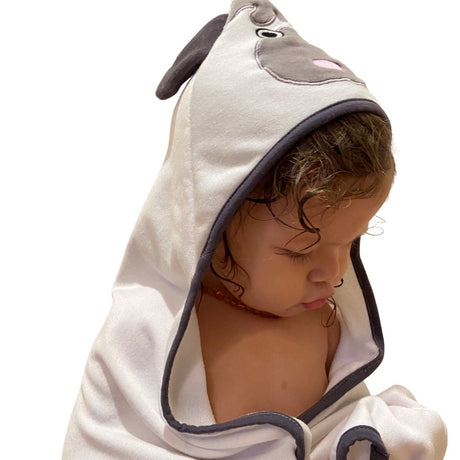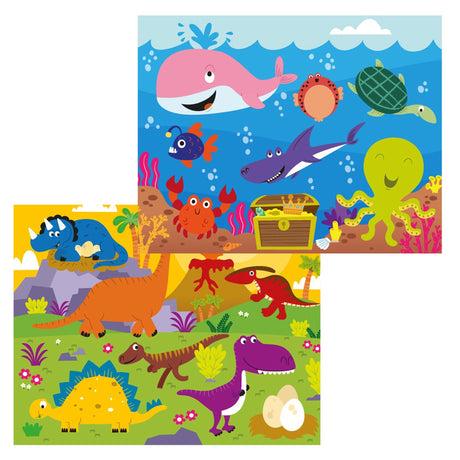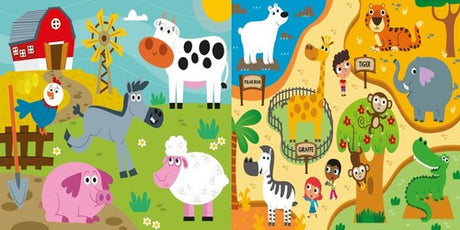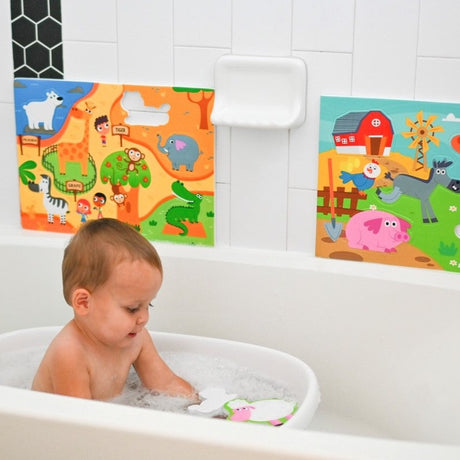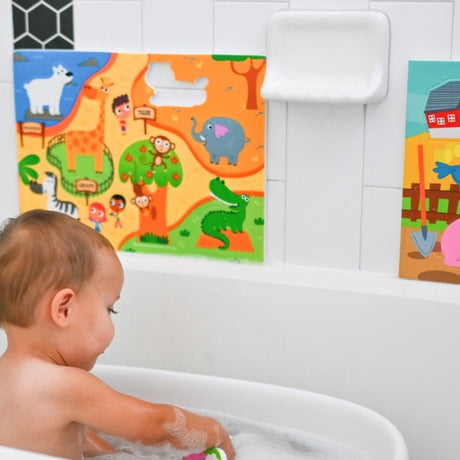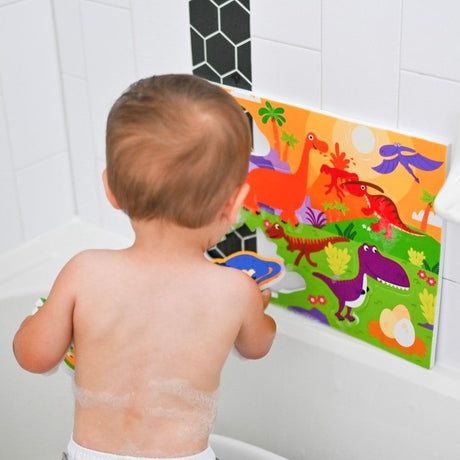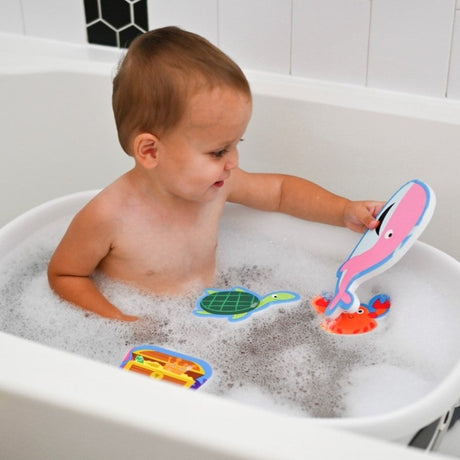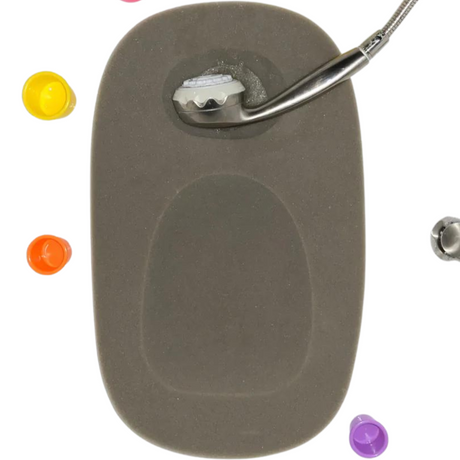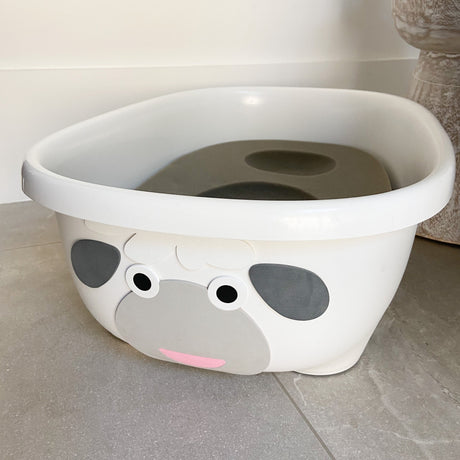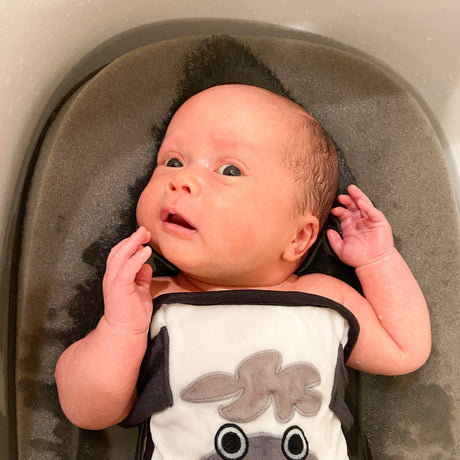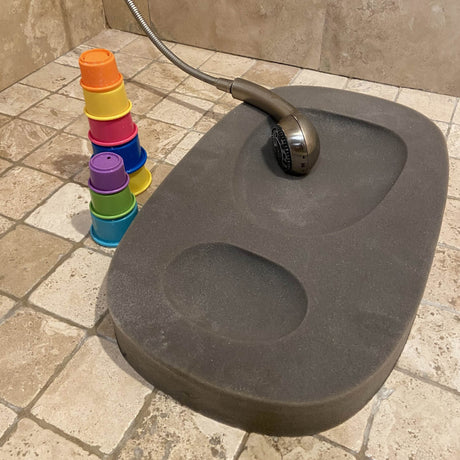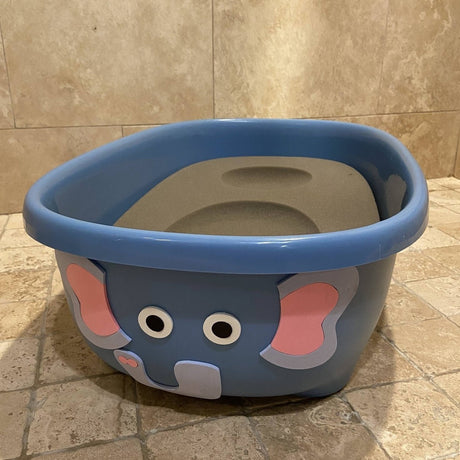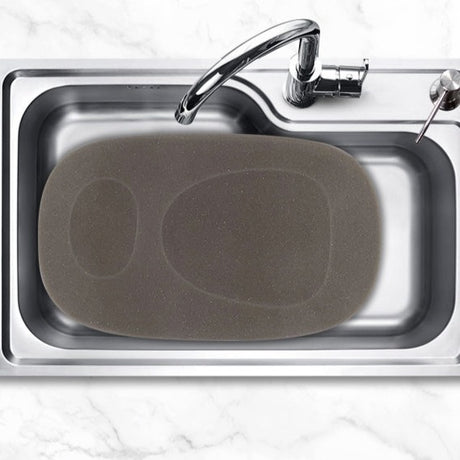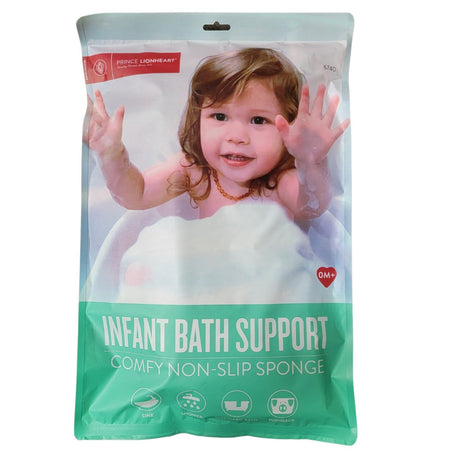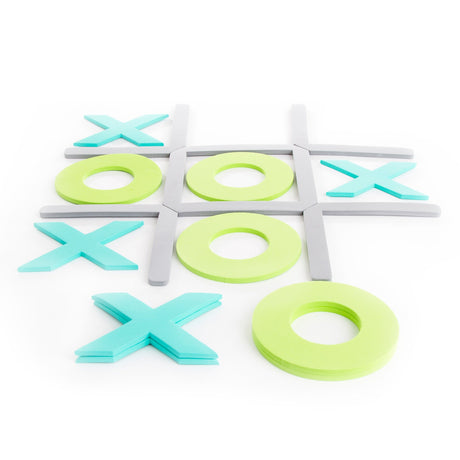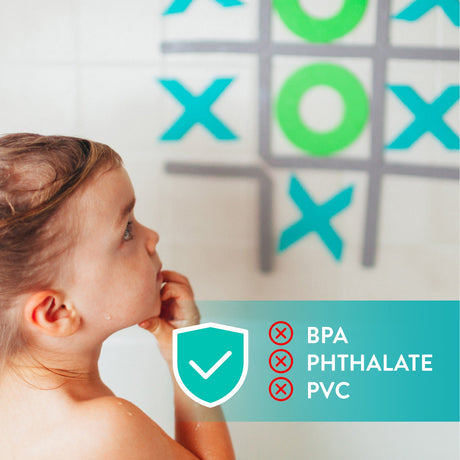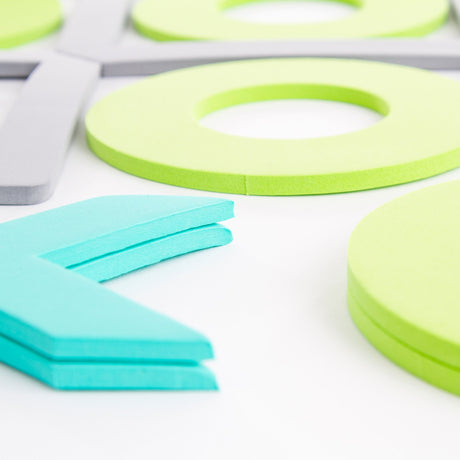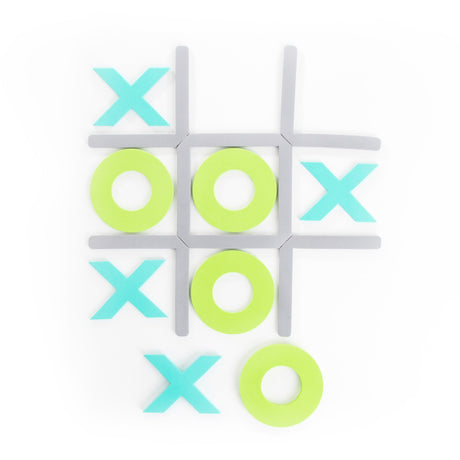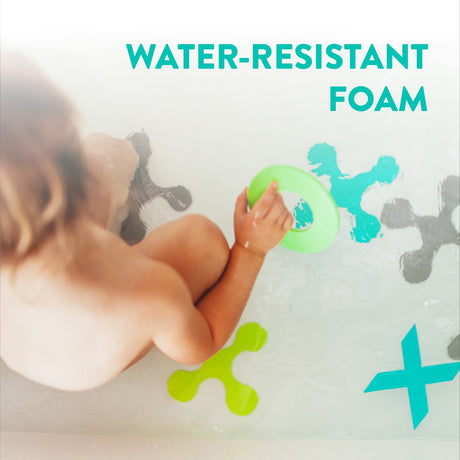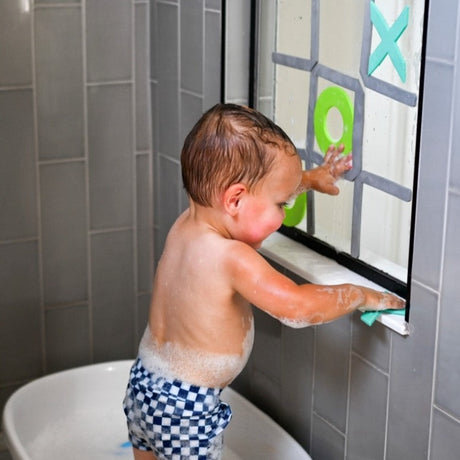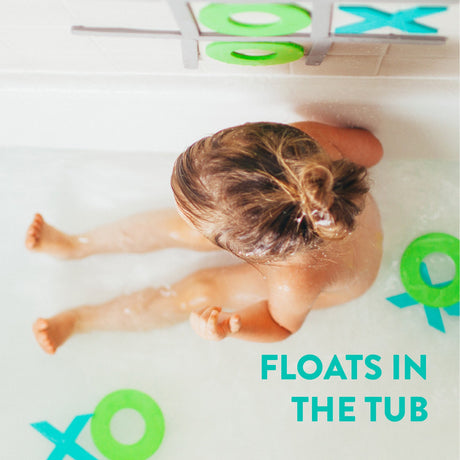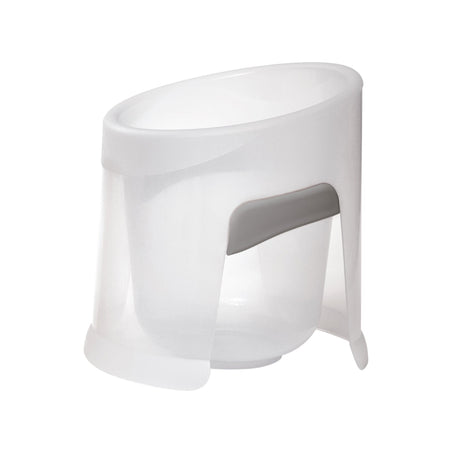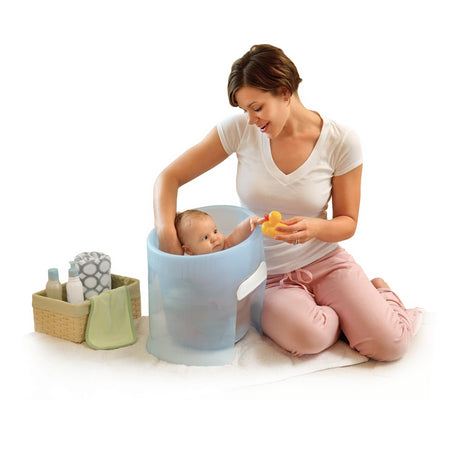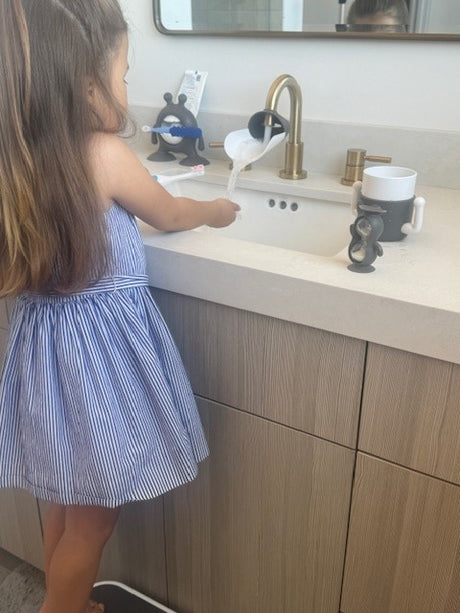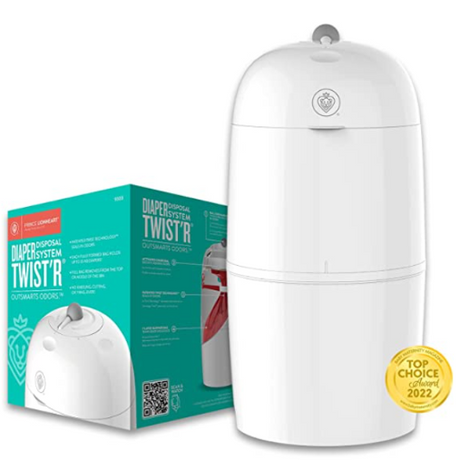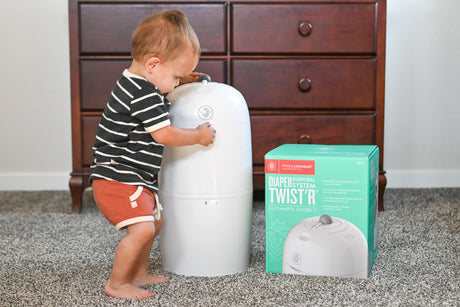Choosing the right toys for your baby can be a delightful yet daunting task. Babies grow and develop at an astonishing rate, and the right toys can support their physical, cognitive, and socio-emotional milestones. In this blog, we’ll explore some of the best must-have baby toys that can aid your child’s developmental journey.
1. Soft Plush Toys for Comfort and Sensory Development
Soft plush toys are perfect for providing comfort and enhancing your baby’s tactile senses. They offer a sense of security and are often the go-to choice for cuddling and soothing. In the early months, these toys can help establish a sense of familiarity and safety, acting almost like a companion for your baby. As they explore the soft textures, it also supports their sensory development, letting them feel different materials and encouraging that critical sense of touch.
When babies hold, squeeze, or mouth their plush toys, they are engaging in activities that boost their motor skills. By grasping and feeling different textures, they are understanding their immediate world better. Additionally, plush toys often come in various shapes and sizes, which can help your baby develop curiosity and exploratory behaviors. Easy Ways to Stimulate Your Child’s Brain During COVID! recommends using different textures to stimulate their senses which is something soft plush toys provide wonderfully.
2. Colorful Rattles for Auditory Stimulation
Rattles are classic baby toys that fascinate little ones with their sounds. They help improve fine motor skills and hand-eye coordination while offering auditory stimulation. The simple act of shaking a rattle and hearing the sound helps babies understand cause and effect, an important cognitive milestone. In the early months, rattles catch their attention with vibrant colors and interesting shapes, encouraging visual tracking.
As your baby grows, these rattles serve a dual purpose. They not only continue to engage babies visually and auditorily but also engage their fine motor skills as they grasp and shake them. The sound variety—from gentle jingles to more pronounced rattles—keeps the baby engaged, promoting auditory discrimination skills. This toy can be pivotal in keeping your little one entertained as you introduce early learning activities into their routine.
3. Teething Toys for Oral Development
Teething toys are a lifesaver for both babies and parents. They soothe sore gums and also aid in the development of biting and chewing skills. As babies go through the teething phase, they tend to put everything in their mouths. Specialized teething toys ensure they have something safe to chew on, reducing discomfort and encouraging healthy oral development.
Aside from teething relief, these toys are instrumental in developing strong jaw muscles. Various textures and shapes of teething toys also stimulate their oral sensory system. Introducing a variety of teething toys helps babies differentiate between textures, a skill that is later used when they start solid foods. According to Pathways.org, engaging a baby’s senses with different textures is vital for their sensory development.
4. Activity Gyms for Physical Development
Activity gyms are fantastic for encouraging tummy time and physical development. They offer a range of textures, colors, and sounds to keep your baby engaged and stimulate their senses. These gyms often come with hanging toys that your baby can reach for, helping to develop arm strength and coordination. The various elements within an activity gym provide multiple points of engagement, preventing boredom and promoting prolonged play.
Using an activity gym can be a fun way to integrate tummy time into your baby’s routine, which is essential for strengthening their neck, back, and shoulder muscles. Many activity gyms feature different play modes, such as lying, sitting, and tummy time, growing with your baby through various developmental stages. For more on encouraging physical development, check out our infographic of baby milestones which provides a roadmap for tracking your baby’s growth.
5. Interactive Books for Early Language Skills
Interactive books with bright images, textures, and sounds introduce babies to early literacy skills. They also foster a love for reading from a young age. These books usually feature elements like flaps, textures, and even buttons that make sounds, all of which contribute to a multisensory learning experience. As you read to your baby, they start associating words with images, a foundational pre-reading skill. Interactive books can be especially engaging during storytime before naps or bedtime.
Using touch and feel books, babies can explore different textures, which further aids their sensory development. When babies are involved in the reading process—by turning pages or pointing to images—they are engaging their fine motor skills. Early exposure to books can also significantly boost your baby’s vocabulary. You can read more about introducing these rich learning experiences in our newsletter articles which cover various aspects of child development.
6. Stacking Toys for Problem Solving
Stacking toys help babies understand concepts like balance and spatial relationships. They are excellent for improving hand-eye coordination and problem-solving skills. When babies attempt to stack or nest these toys, they are often experimenting with different configurations, which promotes critical thinking. They also learn about dimensions, proportions, and how objects interact with each other, adding a robust cognitive element to their playtime activities.
As they become more adept at stacking, babies gain a sense of accomplishment, boosting their confidence. This type of play is not just engaging but also instrumental in promoting fine motor skills. The trial-and-error process involved teaches persistence and resilience. For more on specific toys that help in such developmental milestones, Pathways.org offers a comprehensive guide.
7. Musical Toys for Rhythm and Coordination
Musical toys introduce babies to rhythm and melodies, helping with auditory development and coordination. Whether it’s a mini piano or a simple drum, these toys are always a hit. When babies interact with musical toys, they improve their auditory processing skills and start to grasp the basics of cause and effect. They press a button or hit a key and a delightful sound follows, piquing their curiosity and encouraging repeated actions.
Moreover, musical toys encourage movement, which is great for gross motor development. Clapping their hands, tapping their feet, or even dancing to the music helps in honing coordination. Music’s universal appeal means that these toys will continue to engage your baby as they grow, making them an enduring addition to your toy collection.
8. Shape Sorters for Cognitive Development
Shape sorters challenge babies to match shapes with their corresponding holes, enhancing cognitive skills. They also encourage problem-solving and spatial awareness. As babies figure out how to fit different shapes into the correct slots, they engage in critical thinking and develop a better understanding of object permanence. Shape sorters are fantastic at introducing the basic concepts of geometry as your baby becomes familiar with various forms and sizes.
The repetitive nature of the activity reinforces learning and memory skills. With each attempt, babies become more adept at differentiating between shapes and improving their fine motor skills. This kind of interactive play is incredibly rewarding and entails significant developmental benefits. It’s advisable to start with more manageable shapes and gradually introduce complex ones to keep the challenge engaging. For suggestions on selecting the best shape sorters and other toys, consult our comprehensive blog articles.
9. Push and Pull Toys for Gross Motor Skills
Push and pull toys are great for babies who are starting to walk. They help improve balance, coordination, and overall gross motor skills. Babies can use these toys as a form of support as they take their first steps, building both their confidence and strength. The action of pushing and pulling requires them to coordinate multiple muscle groups, which is crucial for developing complex motor skills.
These toys often come with interactive elements like sounds or lights that engage your baby further, making the act of walking less daunting and more fun. By keeping them entertained and active, push and pull toys encourage a more mobile lifestyle, setting the foundation for healthy physical habits. Don’t forget to baby-proof your home to create a safe environment for your little one’s newfound mobility. More on baby-proofing and safety can be found in our All Blogs section.
10. Mirrors for Self-Recognition
Mirrors can be fascinating for babies. They help with self-recognition and can be a fun way to explore facial expressions and movements. When babies first see their reflection, they may be confused or curious, which sets the stage for a series of exploratory interactions. Over time, they begin to recognize that the image in the mirror is their own, a significant milestone in self-awareness.
Watching their own movements and expressions in the mirror can also aid in emotional development as they learn to associate feelings with different facial expressions. Mirrors are often incorporated into various play mats and gyms to keep babies entertained while encouraging crucial developmental behaviors. Setting up tummy time in front of a mirror can also make the activity more enjoyable. For more ideas on using mirrors in play, visit our post on engaging activities.

